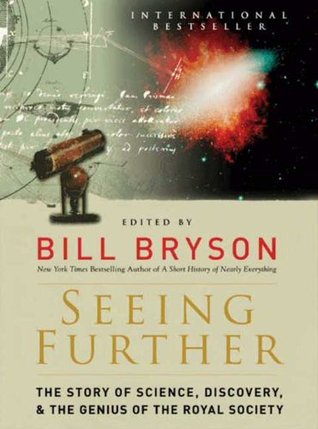More on this book
Community
Kindle Notes & Highlights
Why was such a shift occurring? After all, the medieval world picture had held stable as a philosophical construct for more than a thousand years. The telescope had not yet been invented, astronomical observations were not qualitatively better, the Ptolemaic model continued to yield reasonable results. Cosmological technologies were not perceived to be failing. So what was going on? Astronomy wasn’t undergoing a crisis, nonetheless underlying conceptions of how reality might be were beginning to change. We know this primarily not from what scientifically minded thinkers were saying but from
...more
Since 1973, this focus upon symmetry has taken centre stage in the study of elementary-particle physics and the laws governing the fundamental interactions of Nature. Symmetry is the primary guide into the legislative structure of the elementary-particle world, and its laws are derived from the requirement that particular symmetries, often of a highly abstract character, are preserved when things change. Such theories are called ‘gauge theories’. All the currently successful theories of four known forces of Nature – the electromagnetic, weak, strong and gravitational forces – are gauge
...more
The reason for this added power of explanation is that the elementary-particle world, in contrast to the macroscopic world, is populated by collections of identical particles (‘once you’ve seen one electron, you’ve seen ’em all,’ as Richard Feynman remarked). Particular gauge theories govern the behaviour of particular subsets of all the elementary particles, according to their shared attributes. Each theory is based upon the preservation of a pattern.
‘general covariance’,
We may just have to get used to the fact that there are some things we can predict and others that we can only measure.
They merely possess extreme sensitivity to ignorance. As Maxwell was again the first to recognise in 1873, any initial uncertainty in our knowledge of a chaotic system’s state is rapidly amplified in time.
An important feature of chaotic systems is that, although they become unpredictable when you try to determine the future from a particular uncertain starting value, there may be a particular stable statistical spread of outcomes after a long time, regardless of how you started out. The most important thing to appreciate about these stable statistical distributions of events is that they often have very stable and predictable average behaviours.
The lesson of this simple example is that chaotic systems can have stable, predictable, long-term, average behaviours.
No theory of everything that the particle physicists supply us with is likely to shed any light upon the complex workings of the human brain or a turbulent waterfall.
‘self-organising criticality’
Yet, the nice feature of these insights is that they show that it is still possible to make important discoveries by observing the everyday things of life and asking the right questions, just like the founding Fellows of the Royal Society 350 years ago. You don’t always have to have satellites, accelerators and overwhelming computer power. Sometimes complexity can be simple too.


